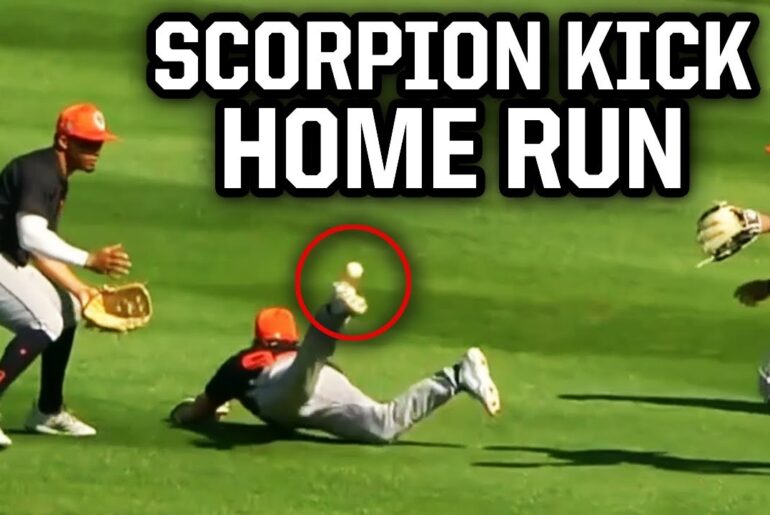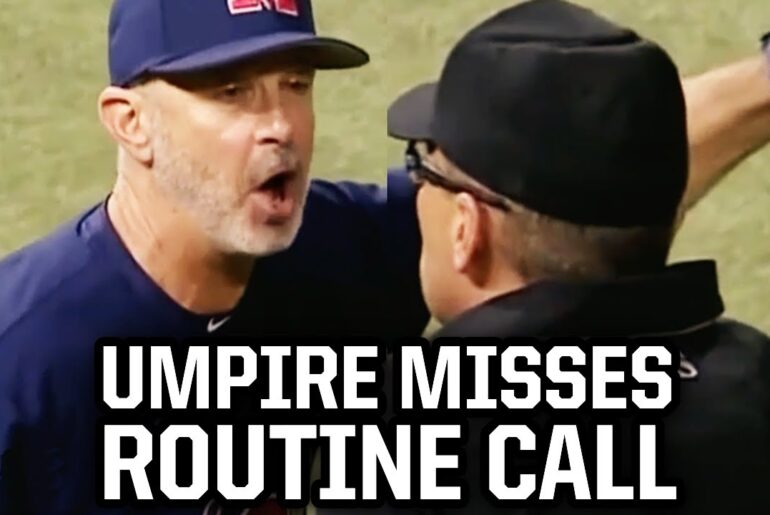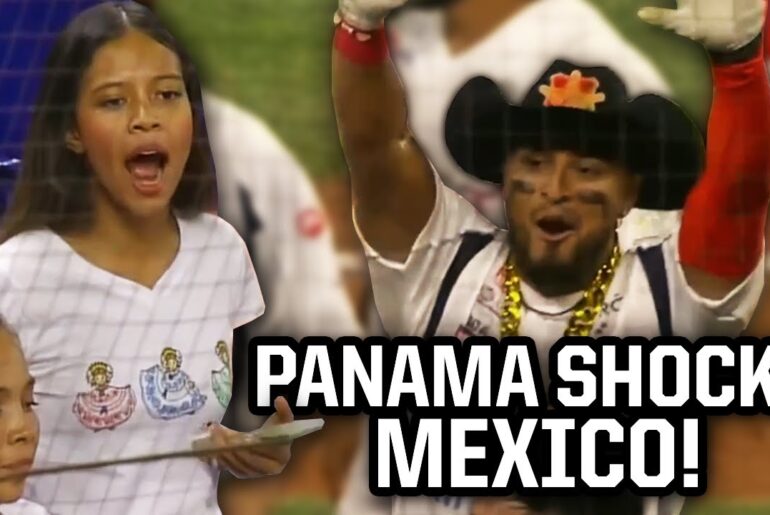The first game of the National League Division Series (NLDS) between the Braves and the Phillies featured a moment of controversy that left fans and players alike scratching their heads. In a crucial situation with the bases loaded, a call of catcher interference had everyone talking. This article delves into the details of this incident, analyzing the evidence that led to the controversial call.
The Setup
As the game unfolded, the tension was palpable. The Braves were facing the Phillies, and the bases were loaded. The spotlight was on the catcher, and he was determined to protect his team’s lead. But what happened next took everyone by surprise.
The Catcher’s Dilemma
With the pitcher on the mound and a batter from the opposing team, the catcher had one goal in mind – to prevent any foul tips that could potentially change the course of the game. However, when the moment arrived, chaos ensued.
The Controversial Call
The catcher believed that he had prevented a foul tip, and he confidently signaled \”no catcher interference.\” However, the umpire saw it differently. He called it catcher interference, and that decision had major consequences.
The Evidence
Upon closer examination, the evidence was not as clear-cut as it initially seemed. From one angle, it appeared that nothing had been touched, and even the broadcast feed supported this view. But when the incident was slowed down and analyzed meticulously, a different story emerged.
The Intriguing Straps
The key to understanding what happened lay in the straps of the catcher’s glove. While most of the glove appeared untouched, there was one strap near the catcher’s pinky finger that was noticeably affected. This strap was seen flailing about after the bat went through, indicating that it had been hit.
Audio Clues
To further support the umpire’s decision, audio evidence was introduced. The sound captured during the incident revealed a distinct bump and spike, providing auditory confirmation of the impact. This audio evidence was a crucial element that the cameras had missed.
The Players’ Perspectives
Even the players themselves had varying opinions. Nick Castellanos, the batter at the center of the controversy, asked the catcher if the ball had indeed hit him. The catcher replied that he heard it but didn’t feel it, adding to the intrigue.
The Aftermath
After reviewing all the available evidence, the umpire made a crucial call that disappointed some fans and elated others. He announced that the call on the field would stand, which meant that it was indeed catcher interference. The decision was met with mixed reactions from the crowd.
Unhappy Fans
Fans who had not seen the replays were upset with the umpire’s decision. They expressed their dissatisfaction, and in a regrettable turn of events, some even resorted to throwing beer cans onto the field. This unsportsmanlike behavior forced a pause in the game, further escalating the tension.
Conclusion
In the heat of the moment, a seemingly routine play turned into a contentious issue that divided fans and players. The incident serves as a reminder that in baseball, as in life, perspectives can vary, and what appears clear-cut on the surface may be anything but. As the series continues, it remains to be seen if this controversial call will have a lasting impact on the outcome of the NLDS.



